Industrial cameras and industrial lenses are important components in machine vision systems, which can directly affect the performance of the system. Therefore, the selection of industrial cameras and industrial lenses is very important. This article introduces the selection principles of industrial camera lenses for better understanding.

1. Determine whether to choose a fixed focus or a zoom lens
Fixed-focus lenses have the advantages of low distortion and high cost performance, and are widely used in visual inspection systems. However, in some applications where the field of view needs to be changed, a zoom lens is an option. During the imaging process of the machine vision system, it is determined whether the magnification needs to be changed. If necessary, a zoom lens should be used, otherwise, a fixed focus lens can be used to meet the needs.
2. Determine the working distance and focal length
Working distance and focal length are usually considered together. Generally, the resolution of the system is firstly determined, the magnification is obtained in combination with the pixel size of the industrial camera, and the possible objective image distance is known in combination with the spatial structure constraints, so as to further estimate the focal length and length of the industrial camera lens. Therefore, the focal length of the industrial camera lens is related to the working distance of the industrial camera lens and the resolution of the industrial camera.
3. Image quality requirements
In machine vision applications, the detection accuracy required by different customers is different, which also corresponds to the obtained image quality may be different. When selecting an industrial camera lens, the image size needs to match the size of the photosensitive surface of the industrial camera, otherwise the image quality of the edge field of view cannot be guaranteed. In the measurement application of machine vision, the quality of the image is related to the resolution, distortion rate, and distortion of the industrial lens.
4. aperture and interface
The aperture of the industrial camera lens mainly affects the brightness of the image surface. However, in current machine vision, the final image brightness is determined by a combination of factors: aperture, camera particles, integration time, light source, etc. Therefore, in order to obtain the desired image brightness, there are many adjustment steps.
The lens interface of an industrial camera refers to the mounting interface of the camera and the camera. The two must be matched. If they cannot be matched, conversion should be considered.
5. Do you need a telecentric lens?
Judging whether the detected object has a large thickness, more than one plane needs to be detected, the object has an aperture, the object is a three-dimensional product, the distance of the object from the lens is inconsistent, etc. In these cases, the use of ordinary industrial camera lenses will cause parallax, causing detection Inaccurate results and other problems, the selection of telecentric industrial lenses can effectively solve these problems, and the telecentric lens has low distortion rate, large depth of field, higher detection accuracy, and good accuracy.
Pomeas Optics is a professional supplier of machine vision and industrial automation core products. You can contact us for the selection of industrial camera lenses to provide you with the most complete solutions.
Product recommendation
TECHNICAL SOLUTION
MORE+You may also be interested in the following information
FREE CONSULTING SERVICE
Let’s help you to find the right solution for your project!


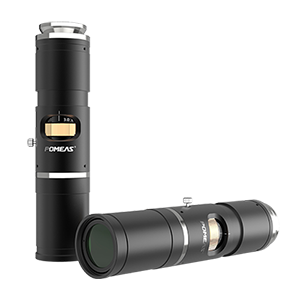

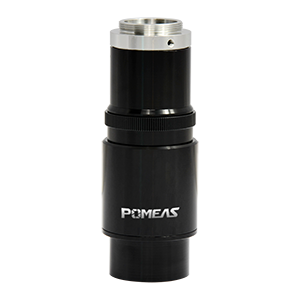
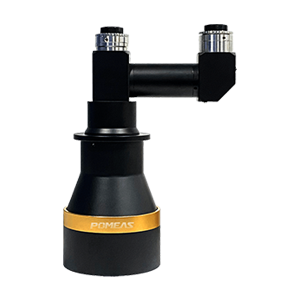
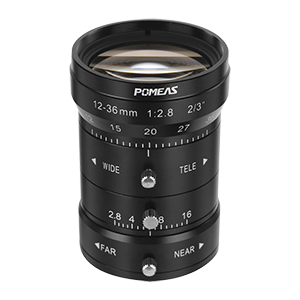
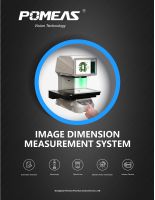

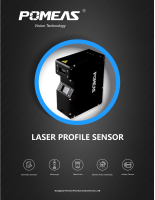
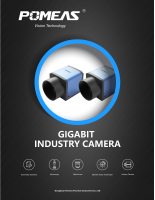
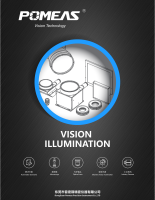
 ASK POMEAS
ASK POMEAS  PRICE INQUIRY
PRICE INQUIRY  REQUEST DEMO/TEST
REQUEST DEMO/TEST  FREE TRIAL UNIT
FREE TRIAL UNIT  ACCURATE SELECTION
ACCURATE SELECTION  ADDRESS
ADDRESS Tel:+ 86-0769-2266 0867
Tel:+ 86-0769-2266 0867 Fax:+ 86-0769-2266 0867
Fax:+ 86-0769-2266 0867 E-mail:marketing@pomeas.com
E-mail:marketing@pomeas.com
